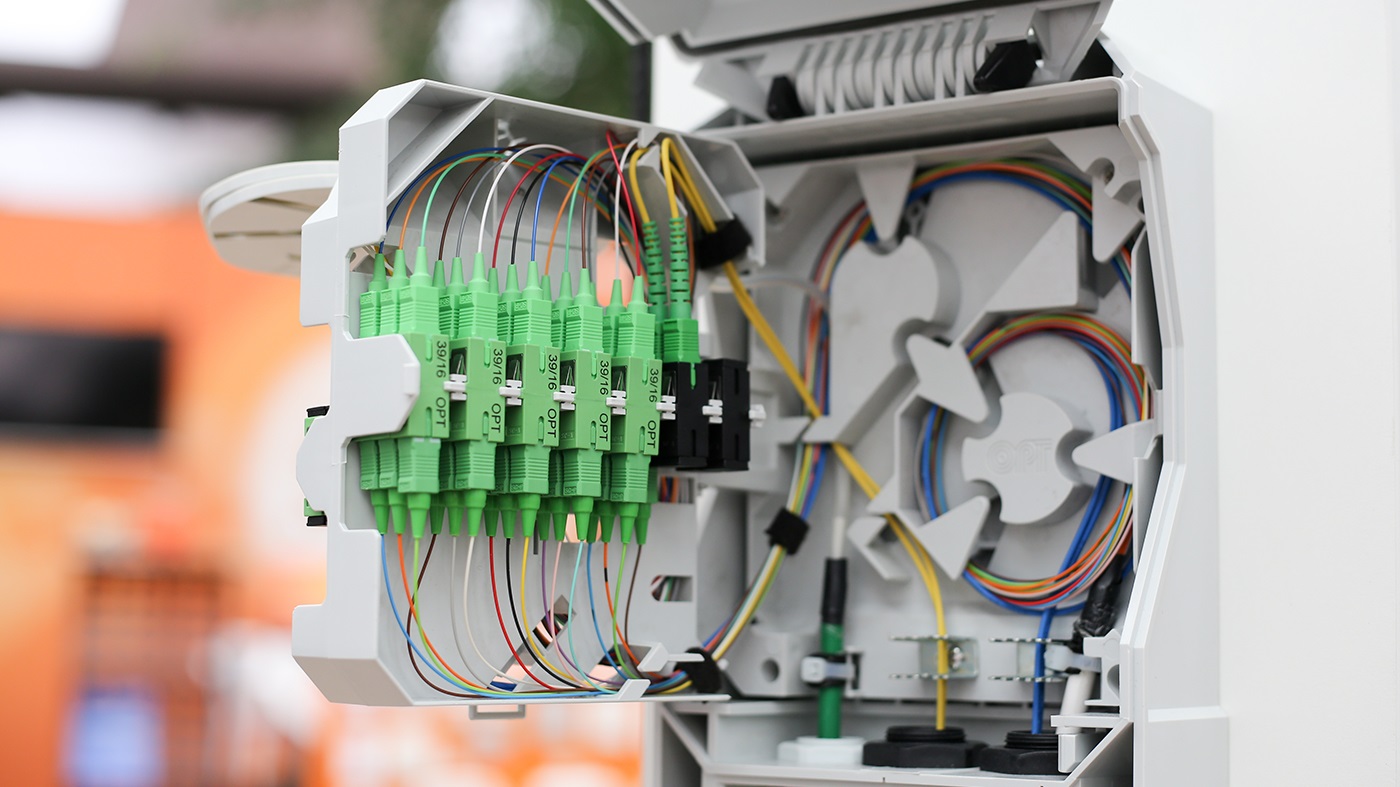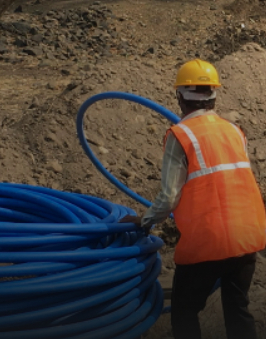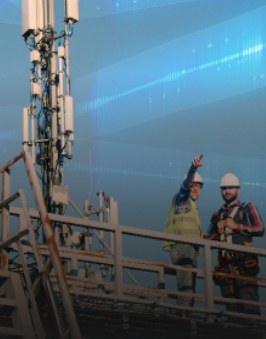The appetite for data bandwidth and speed continues to grow. Network providers and data centers need to use products that support higher interconnect fibre optic cable speeds. In order to keep up with rising video, IoT, and cloud computing demands, service providers depend on fiber optic network infrastructures as a means to carry more data and achieve rates of 100 GB/s and beyond. Read More..

While there have been advances in the types and reliability of connectivity solutions, certain challenges still remain. Network providers need fiber optic cable internet products that reduce losses and ensure faster connectivity speeds. As such, it’s important to focus on structured fibre network solutions that offer agility, reliability, and performance. High-density fibre infrastructure solutions need to support speeds of up to 400 Gigabits per second.
It’s important to use fibre solutions that are quick to deploy, cost-effective, and flexible. Additionally, they should offer easy fiber connection management and expansion throughout their lifetime. Ultimately, fiber optic cables and other products need a way to plug into systems. In order to meet rising network demands, you need cutting-edge fibre optic connectivity solutions.
That’s where STL comes in! From deployments in cities to last-mile connectivity, STL offers a wide range of high density fibre optic connectivity solutions to lower network cost, improve performance, and maximize flexibility.
STL offers a diverse portfolio of Optical Fibre connectivity solutions to support Optical Fibre Cable, Specialty Cables, and Optical Interconnect Kits. Less More..

Advanced research in the fields of photonics and glass science research. A state-of-the-art center of excellence in Aurangabad is dedicated to research designed to help India address the issues of rising data transmission speeds and capacity demands, maximize broadband reach and enable higher speeds to improve internet adoption.
Innovation in fiber optic networks and future network technology. As we approach the 6G era, new technologies and changing types of connections such as human augmentation and digital-physical fusion will help solve the world's biggest problems.
Real-time network design simulation. Our revolutionary, third-party approved, high-bandwidth structured cabling solution delivers outstanding performance for seamless integration into a future-proof generic cabling system. Our extensive range of fiber optic technology includes bespoke cable design in the UTP, STP, indoor and outdoor categories

It is made of very high-purity (5N) chemicals, which results in the best quality of optical fibre and fiber optic cable speed.
Read More
ITU-T fiber optic technology products range from low loss to bend insensitive fiber.
Read More
Customized internet fiber connection cables for data centres, enterprises, and citizen networks.
Read More
Customized internet fiber connection cables for data centres, enterprises, and citizen networks.
Read More



Please wait while you are redirected to the right page...
